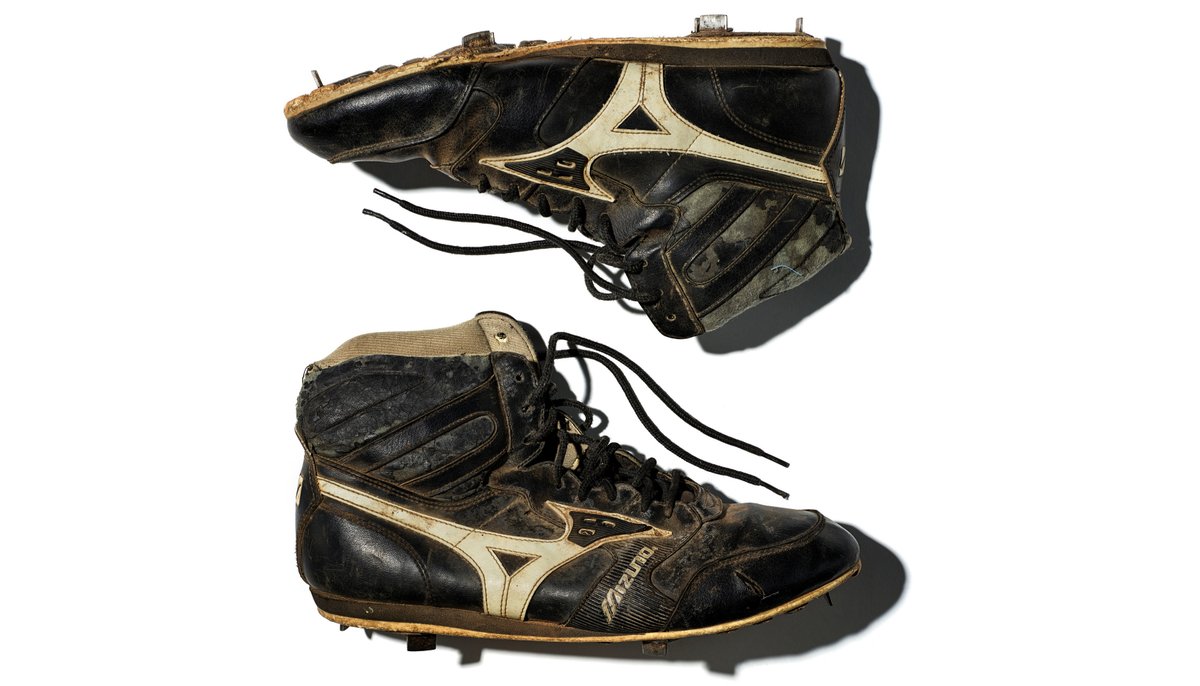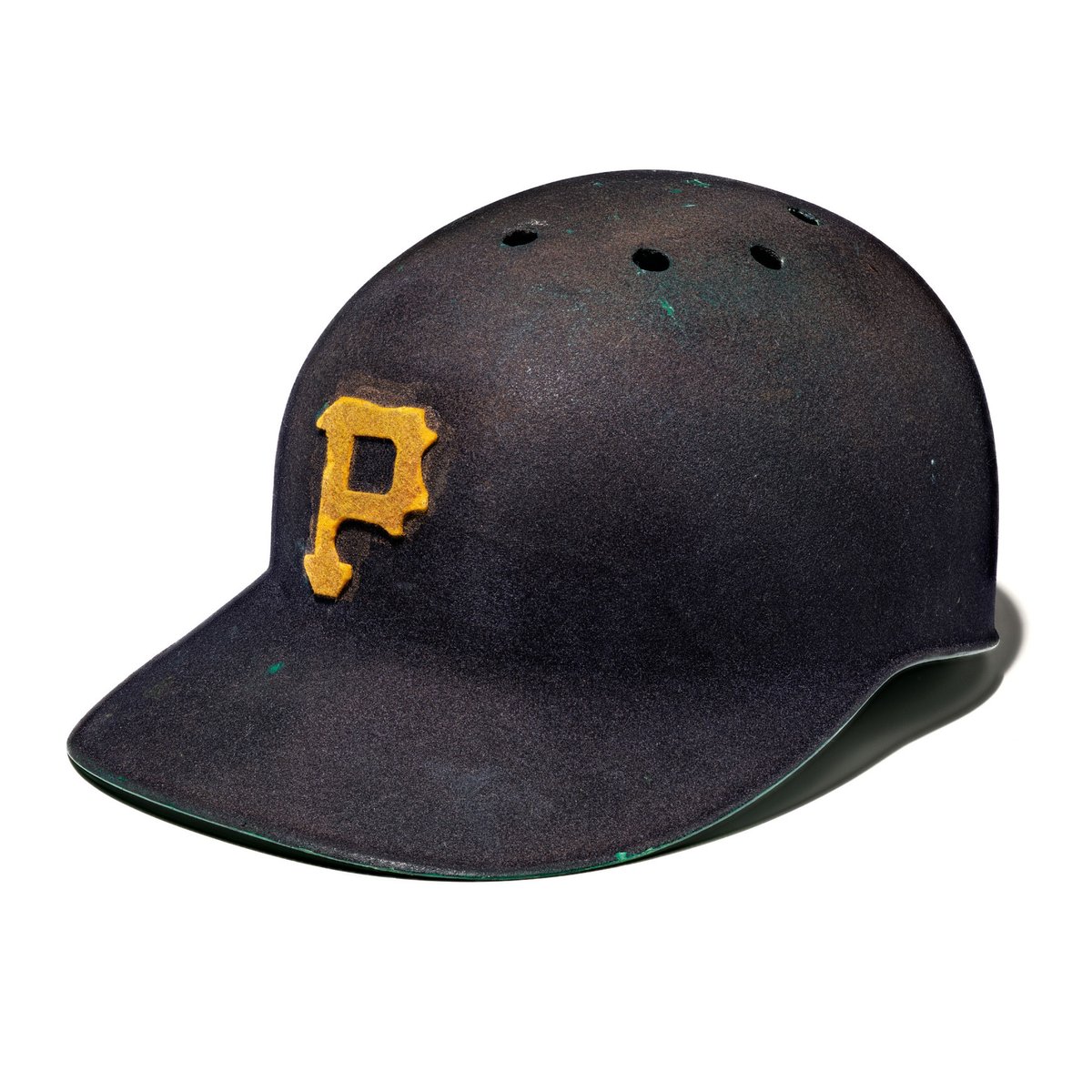
This morning, we're suiting up for a full day exploring the history of Latinas/os and baseball. ⚾
Throughout the day, individuals and organizations around the world will be sharing their favorite objects and stories. Follow #NuestroBaseball to see them all—and add your own!


Throughout the day, individuals and organizations around the world will be sharing their favorite objects and stories. Follow #NuestroBaseball to see them all—and add your own!



@smithsonian @SLC_Latino @sitesExhibits @Smithsonian3D Need to warm up before you step up to the plate? Our exhibition, ¡Pleibol!, is a great place to start.
Carmen Lujan is one of the incredible Latina players featured in ¡Pleibol!. This was her Mercury Señoritas uniform in the 1930s: s.si.edu/3kUpu39
#NuestroBaseball
Carmen Lujan is one of the incredible Latina players featured in ¡Pleibol!. This was her Mercury Señoritas uniform in the 1930s: s.si.edu/3kUpu39
#NuestroBaseball

@smithsonian @SLC_Latino @sitesExhibits @Smithsonian3D Baseball legend Roberto Clemente fought for recognition of Latino ballplayers and helped people in need across the U.S. and Central America.
You can study the details of Clemente's helmet using ¡Pleibol!'s bi-lingual #3D models: s.si.edu/clemente
#NuestroBaseball

You can study the details of Clemente's helmet using ¡Pleibol!'s bi-lingual #3D models: s.si.edu/clemente
#NuestroBaseball


@smithsonian @SLC_Latino @sitesExhibits @Smithsonian3D Chris González loved his local softball league so much that he played for years wearing cleats that were two sizes too small.
¡Pleibol! traces how González and his Kansas City community worked to restore the Eagles Nest baseball field: s.si.edu/3xzZ5er
#NuestroBaseball
¡Pleibol! traces how González and his Kansas City community worked to restore the Eagles Nest baseball field: s.si.edu/3xzZ5er
#NuestroBaseball

@smithsonian @SLC_Latino @sitesExhibits @Smithsonian3D Follow #NuestroBaseball to discover more stories of Latinas/os in baseball.
¡Pleibol! received generous support from the @CordobaCorp and Linda Alvarado, and federal support from the Latino Initiatives Pool, administered by the Smithsonian Latino Center.
s.si.edu/pleibol
¡Pleibol! received generous support from the @CordobaCorp and Linda Alvarado, and federal support from the Latino Initiatives Pool, administered by the Smithsonian Latino Center.
s.si.edu/pleibol
• • •
Missing some Tweet in this thread? You can try to
force a refresh














